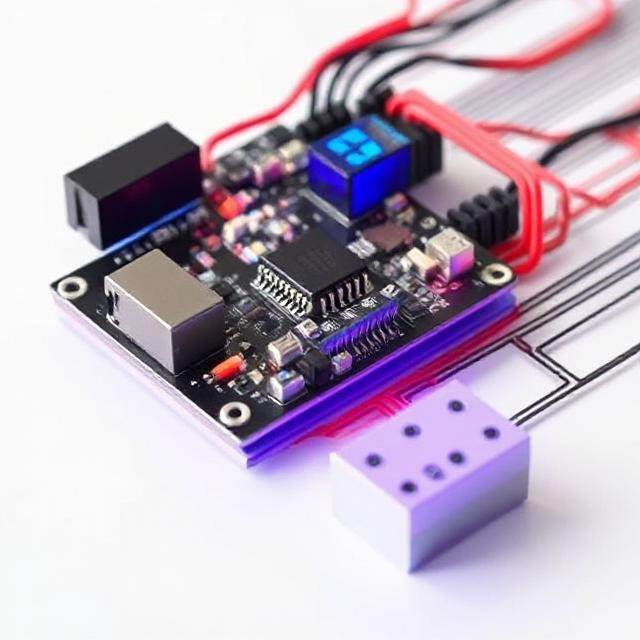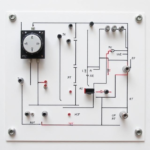Power in Electrical Circuits: Understanding P = V × I
Power in electrical circuits quantifies how much electrical energy is consumed or supplied per second. It’s a critical concept for designing circuits, selecting components, and managing energy costs. This article explains power, its key formula, and its practical implications in a clear and accessible way.

What is Power in an Electrical Circuit?
Power measures the rate at which electrical energy is used or delivered in a circuit. It’s expressed in watts (W) and indicates how quickly a device—like a light bulb, fan, or phone charger—performs work. Understanding power helps ensure circuits operate safely and efficiently.
The Power Formula: P = V × I
The fundamental formula for power in a circuit is:
P = V × I
Where:
-
P is power (watts)
-
V is voltage (volts)
-
I is current (amperes, or amps)
This formula shows that:
-
Increasing either voltage or current increases power.
-
Devices with high voltage and high current consume significant power.
Understanding Voltage (V)
Voltage is the electrical force that drives current through a circuit, analogous to water pressure in a pipe. Higher voltage provides more push, enabling greater electron movement.
Understanding Current (I)
Current is the flow of electric charge, measured as the number of electrons passing a point per second. Higher current means more electricity is flowing through the circuit.
Real-Life Example
Consider a light bulb connected to a 10V battery with a current of 2A flowing through it. Calculate the power:
P = V × I = 10V × 2A = 20 watts
The bulb consumes 20 watts of power, indicating its energy usage rate.
Types of Power Usage
-
Low-Power Devices: LED bulbs or phone chargers typically require less voltage or current, consuming fewer watts.
-
High-Power Devices: Heaters, ovens, or air conditioners demand higher voltage and current, using significantly more power.
Why is Power Important?
-
Component Selection: Ensures wires, batteries, and other components can handle the power demands.
-
Energy Consumption: Helps estimate how much electricity a device uses, impacting efficiency.
-
Cost Management: Power usage directly affects electricity bills—higher power means higher costs.
Alternative Power Formulas
When voltage or current isn’t directly available, Ohm’s Law (V = I × R) can be used to derive alternative power formulas:
-
P = I² × R: Useful when current and resistance are known.
-
P = V² ÷ R: Applicable when voltage and resistance are known.
These formulas are particularly helpful in circuits involving resistors or when only partial data is available.
Safety Considerations
High power generates more heat, which can lead to overheating or fire hazards if components are not rated for the load. Always check power ratings to ensure safe operation and prevent damage.
Summary
-
Power is calculated as P = V × I, where voltage drives the current and current represents the flow of charge.
-
Power indicates how quickly electrical energy is used, guiding component selection and energy management.
-
Alternative formulas (P = I² × R and P = V² ÷ R) provide flexibility in calculations.
-
Understanding power is essential for designing safe circuits, optimizing energy use, and managing electricity costs.










